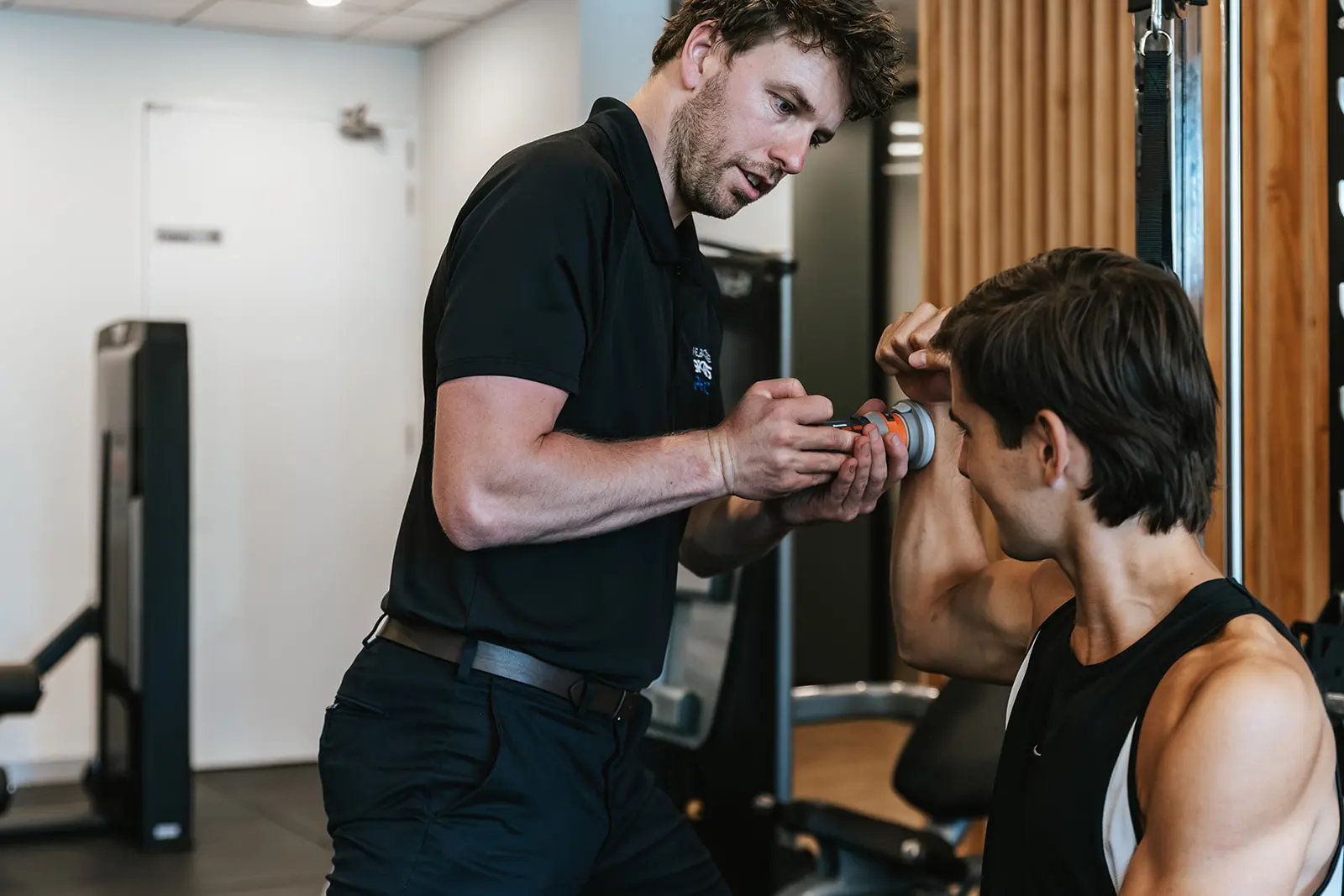What is Bursitis in the Shoulder? A Melbourne Sports Doctor’s Perspective
August 2025
By Essendon Sports Medicine Team
“Doc, I’ve iced it, rested it, even cut back on training… why won’t my shoulder stop hurting?”
When James, a 32-year-old CrossFit enthusiast, came into our sports medicine clinic, he was frustrated.
Weeks of shoulder pain had slowly eroded his training consistency. Overhead presses, kettlebell swings, even simple tasks like reaching for a coffee mug – all triggered a deep ache at the top of his shoulder.
Like many athletes and active individuals, James thought it was just muscle strain. In reality, his issue was subacromial bursitis – a condition I diagnose frequently as a sports doctor.
The surprising part? Most people have never heard of it until they’re in too much pain to lift their arm.
So, What Is Shoulder Bursitis?
Bursitis refers to the inflammation of a bursa – a small fluid-filled sac that acts like a cushion between bones and soft tissues. In the shoulder, the subacromial bursa sits just above the rotator cuff tendons, beneath the acromion (the bony tip of the shoulder blade).
When irritated, this bursa fills with excess fluid, swells, and becomes painful. The result? Sharp, pinching pain with overhead movements and sometimes pain at rest or when lying on the affected side.
See What Our Clients Are Saying About Us
A Sports Doctor’s Perspective: Why Shoulder Bursitis Happens
Athletes and weekend warriors alike are vulnerable, especially those involved in:
-
Repetitive overhead activities (e.g. swimming, tennis, CrossFit, baseball)
-
Heavy lifting without adequate shoulder stability
-
Poor biomechanics or posture during training
Other contributing factors often seen include:
-
Weak rotator cuff and scapular stabilisers
-
Poor thoracic mobility
-
Previous rotator cuff or AC joint injuries
Unlike generalised shoulder pain, bursitis often presents acutely or builds up over time as a result of chronic mechanical impingement. That’s where a sports doctor plays a key role — ruling out other causes like rotator cuff tears, labral injuries, or early osteoarthritis.
How Shoulder Bursitis Is Diagnosed
A sports doctors first priority is a thorough clinical assessment. Key features they look for include:
-
Localised pain on the lateral shoulder (especially when raising the arm)
-
Night pain or pain lying on the affected side
-
Painful arc of movement (typically between 70–120 degrees of abduction)
From there, Sports physicians may use:
-
Diagnostic ultrasound (which can often be done in-clinic)
-
MRI if there’s suspicion of a rotator cuff tear or structural abnormalities
-
Diagnostic injections – both for confirming bursitis and offering short-term relief
Medical Treatment Pathway
Sports physicians tailor treatment to the athlete’s sport, training cycle, and pain severity. Common interventions include:
1. Rest and Load Modification
Absolute rest is rarely needed — but modifying overhead volume is essential.
2. Non-Steroidal Anti-Inflammatory Drugs (NSAIDs)
Oral NSAIDs (or topical agents) can reduce pain and swelling during acute phases.
3. Corticosteroid Injections
Ultrasound-guided corticosteroid injections into the bursa offer rapid relief. These are particularly useful if pain is affecting sleep or rehab adherence.
Note: These for specific cases — they’re not a long-term fix, and should always be followed by a structured rehab plan.
Where Physiotherapy Fits In: An Essential Ally
While the sports doctor initiates treatment, physiotherapy becomes the cornerstone of long-term recovery.
Working with a skilled sports physio ensures:
-
Correction of movement dysfunctions (e.g. scapular dyskinesis)
-
Rotator cuff strengthening
-
Postural re-education
-
Gradual return-to-play programming
This collaborative model — sports doctor + physio — is where we see the best outcomes.
When Can You Return to Sport?
Return-to-play depends on:
-
Pain-free full range of motion
-
Restored strength (particularly eccentric control)
-
No compensation or instability during overhead movements
Most mild-to-moderate cases resolve within 6–8 weeks, but chronic cases may take 3+ months with full rehab.
Important: What Shoulder Bursitis Is Not
Patients often confuse bursitis with:
|
Condition |
Key Difference |
|
Rotator cuff tear |
Often weakness, not just pain |
|
AC joint injury |
Pain localised to top of shoulder, not lateral |
|
Frozen shoulder |
Progressive stiffness > pain |
|
Tendinopathy |
Deep ache, often activity-specific |
It's imperative that a sports doctor distinguishes between these to avoid misdiagnosis and mistreatment.
Exercises to Avoid Initially
Avoid high-load or high-rep overhead exercises like:
-
Overhead pressing
-
Upright rows
-
Kipping pull-ups
-
Lateral raises beyond 90°
Reintroduction should only happen under professional supervision.
Case Study: Back to Competition
James, our CrossFit athlete, underwent:
-
Ultrasound-guided cortisone injection
-
2 weeks of deloaded training
-
Progressive rehab with scapular control focus
Within 5 weeks, he returned to overhead lifting pain-free — with a new appreciation for shoulder warm-ups and technique!
Final Thoughts from a Sports Doctor
Shoulder bursitis may seem minor, but when left unchecked, it can derail performance, sleep, and daily life. As good sports doctor in Melbourne should stress early diagnosis, precise intervention, and collaborative care with physiotherapy and strength coaches.
If you’re struggling with stubborn shoulder pain — especially with overhead motion — don’t wait. Get assessed, get clarity, and get back in motion.
Take Action:
-
Experiencing shoulder pain? Book an appointment with a sports doctor.
-
Already diagnosed with bursitis? Ask your doctor about working with a physio.
-
Unsure where to start? A diagnostic ultrasound can give immediate answers.
Bonus: Lesser-Known Insights
Most blogs skip over these:
-
Bursitis often co-exists with early rotator cuff degeneration in older athletes.
-
Poor sleep posture (especially side-sleeping) can aggravate symptoms.
-
Vitamin D deficiency has been correlated with chronic tendon and bursal inflammation in some studies.
Online Bookings are Super Simple with Instant Confirmation & No Login Required!
For consultation fees and more information, please visit our Fees and FAQs page or call us on 03 9038 9267.


